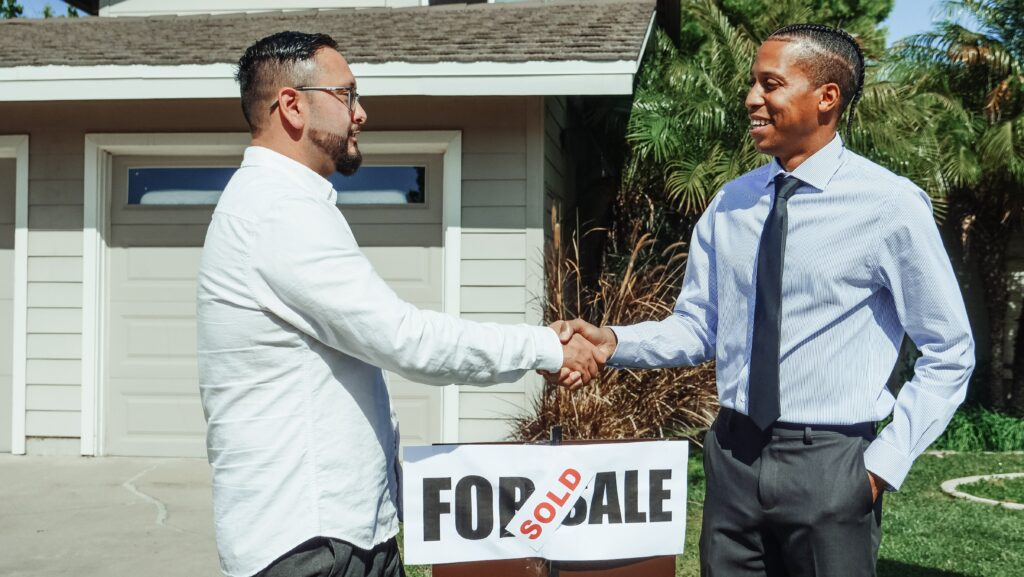Make sure there are no plumbing problems.
Broken plumbing lines or leaks frequently cause the most severe issues in abandoned or foreclosed properties. “Sometimes, when you dig beneath the surface of a leaky toilet bowl that’s been shoddily repaired, you’ll find that you not only have to replace the lead bend, but also whole floors, floor joists, and rotted or moldy drywall,” says Matthew Barnett. He is a licensed home inspector and owner of Accurate Building Inspectors in Brooklyn, New York. According to ASHI member Barnett, addressing a mold problem can cost anything from a few hundred dollars to $20,000-$30,000 or more to repair and replace entire plaster or drywall floors and walls.
Investigate water-heating, mechanical, and electrical systems.
“In abandoned houses with forced-air systems, dirt, trash, and even small animals gather in the ductwork,” adds Barnett, “and if dampness has been around boilers or furnaces for long periods, the heat exchangers might corrode, and you’ll need to replace them entirely.” He estimates that the cost will range between $3,000 and $5,000, depending on the equipment required. “Some utilities will not light the pilot light of gas systems if the filters are unclean for fire safety,” says Andrea Johnson, a registered real estate broker in Portland, Oregon, and a founding member and partner of U.S. REO Partners. This means you’ll have to cover the cleaning costs to determine whether they’re operational.
Look out for signs of deferred maintenance.
“When owners simply give up and stop taking care of their home, there will be many maintenance issues, such as the need to clean the gutters, clear debris off the roof, cut back overgrown vegetation, and caulk/seal tile in showers and tubs,” says Gifford. He adds that in some distressed areas, appliances, condensing units, and ceiling fixtures have been removed entirely. According to Barnett, “cheap repairs, such as applying duct tape or plumber’s putty over a leaking pipe or unprofessional wiring of a fan,” can lead to deeper issues, such as mold or fire concerns, which may necessitate costly repairs later on.
Check for foundation cracks, roof leaks, and other exterior damage.
“We see it all—bad roofs, structural difficulties, water damage, and other major maintenance stuff,” Gifford says. “In arid climates like Texas, home foundations must be irrigated, or they would break and harm the house,” Johnson adds. Barnett suggests contacting a pool service to ensure that the underground plumbing and equipment are not broken or clogged for a pool-equipped property. “A routine house inspection will include the general condition of the pumping and filtering, the patio area, coping stones, and skimmers,” he explains. “However, a pool service can try to get the system up and running to determine if there’s any severe equipment damage.” If there is an issue, the owner may offer you credit to get it running correctly again.
